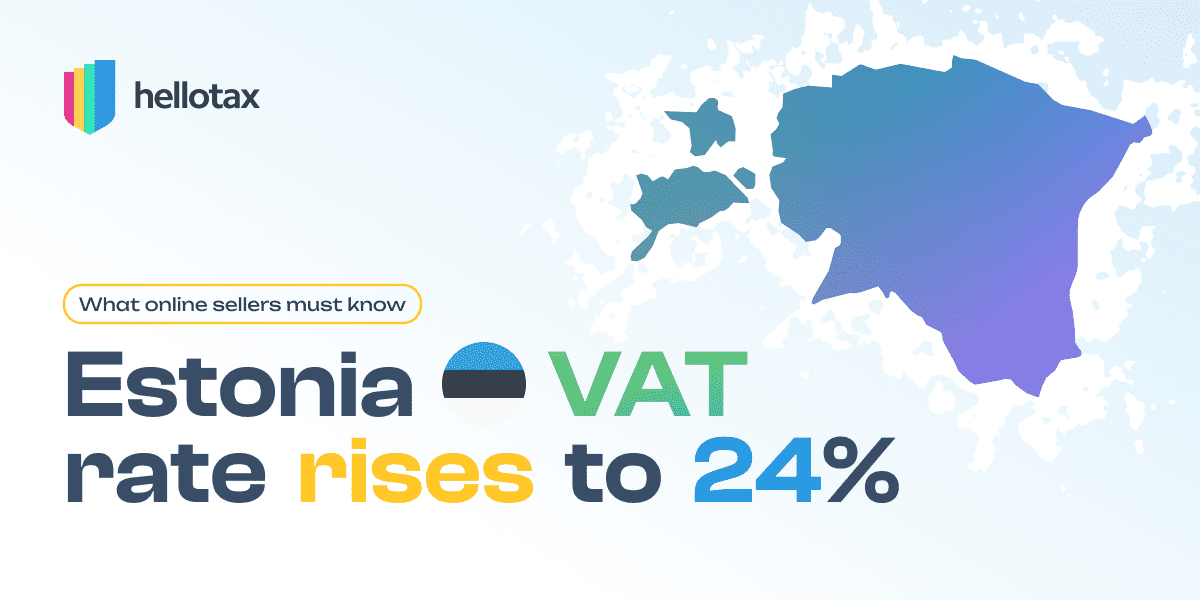The recently introduced One Stop Shop has changed a lot for online retailers and marketplace sellers. In the following article you will find out exactly how the OSS procedure works and which obligations you have to fulfill.
Antonia Klatt
Last Updated on 10 June 2022
What is the One-Stop-Shop procedure?
The One-Stop-Shop procedure was introduced on July 1, 2021. The fulfillment of VAT obligations for online retailers who send deliveries across the EU is significantly simplified by OSS. Above all, the One-Stop-Shop helps Amazon retailers who previously had to deal with VAT obligations in a large number of European countries.
In addition, the procedure is intended to prevent tax evasion across the EU in conjunction with the abolition of the country-specific delivery thresholds.
The One Stop Shop procedure consists of 3 basic elements:
- Sorting of the sales by the sellers
- Payment of the entire VAT liability to the country of OSS registration
- Redistribution of VAT liability by the tax offices
The most important element of the One-Stop-Shop procedure on the part of the online sellers is the creation of One Stop Shop returns. To do this, all transactions must be sorted by country of origin and country of consumption, as well as VAT rates. The return is then submitted in the country of OSS registration.
The second element of the One Stop Shop procedure is the payment of the VAT liability. Thanks to the OSS, VAT debts no longer have to be paid to the individual different countries to which the tax is owed. Instead, the entire amount is sent to the tax office of the country of OSS registration to which the One Stop Shop report was also submitted.
The final basic element is the redistribution of VAT by the tax office. The One-Stop-Shop applies across the EU. All tax offices collect the debts of those sellers who are registered for the OSS in that country. They then distribute the amounts amongst themselves based on the reports submitted.
What are the obligations in the One Stop Shop procedure?
So what are the obligations for sellers who want to take part in the One Stop Shop procedure? First of all, you have to register for OSS.
1. Obligation: Registration for the One-Stop-Shop procedure
Sellers should sign up for the One-Stop-Shop process in the country in which they are located. For the One Stop Shop in Germany, registration takes place via the BOP portal of the Federal Central Tax Office. You can find detailed instructions on how to sign-up for One-Stop-Shop in Germany on our blog.
Foreign EU companies have to register in their home country as well. Only foreign non-European companies that want to trade in the European Union are allowed to choose the country in which they use the One Stop Shop procedure.
2. Obligation: Submission of One Stop Shop reports
Next, you need to submit One-Stop-Shop reports on a regular basis, that is, quarterly. To do this, you need the transaction lists previously sorted by country and VAT rate. You then enter the collected amounts in the respective form of the Member State in which you are registered.
For the One-Stop-Shop procedure in Germany, this is done using the form for the One Stop Shop filing. If you are unsure how to sort and enter the transactions, you should take a look at our blog post with One-Stop-Shop examples. The examples show which sales you have to report where, which stumbling blocks you can expect, and which points you have to pay attention to when fulfilling your reporting obligations in the One Stop Shop procedure.
There are of course a few exceptions to the transactions that can be processed via the OSS. For example, only cross-border deliveries may be reported using the One-Stop-Shop procedure. Deliveries from foreign warehouses to foreign customers in the same country, for example through Amazon FBA programs, therefore still lead to additional VAT registration obligations abroad.
Alternatively, you can contact the hellotax team. Our all-round One Stop Shop solution not only includes a registration for the OSS process and our OSS software, which automatically creates One Stop Shop reports that can be submitted. We can also take care of your OSS submissions and the entry of your transaction data, as well as VAT registrations in other EU countries. Contact us today and find out more!

Hellotax One-Stop-Shop Solution
- Automated identification of B2C sales
- Automated determination of your tax rates
- Handling of OSS registrations and reports
- Quality control for your transactions
3. Obligation: Payment of VAT liability
In the last step, you have to pay your VAT liability regularly. The deadline for this corresponds to the submission deadline for the OSS reports. Once that is done, you have now fulfilled all the obligations of the One-Stop-Shop procedure for this quarter.

Book a free consultation
Our VAT experts are happy to help you. Book a free consultation today!


